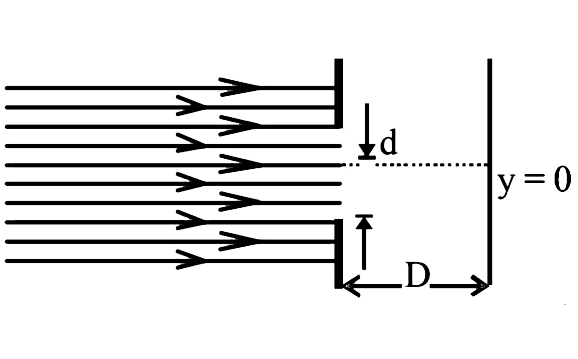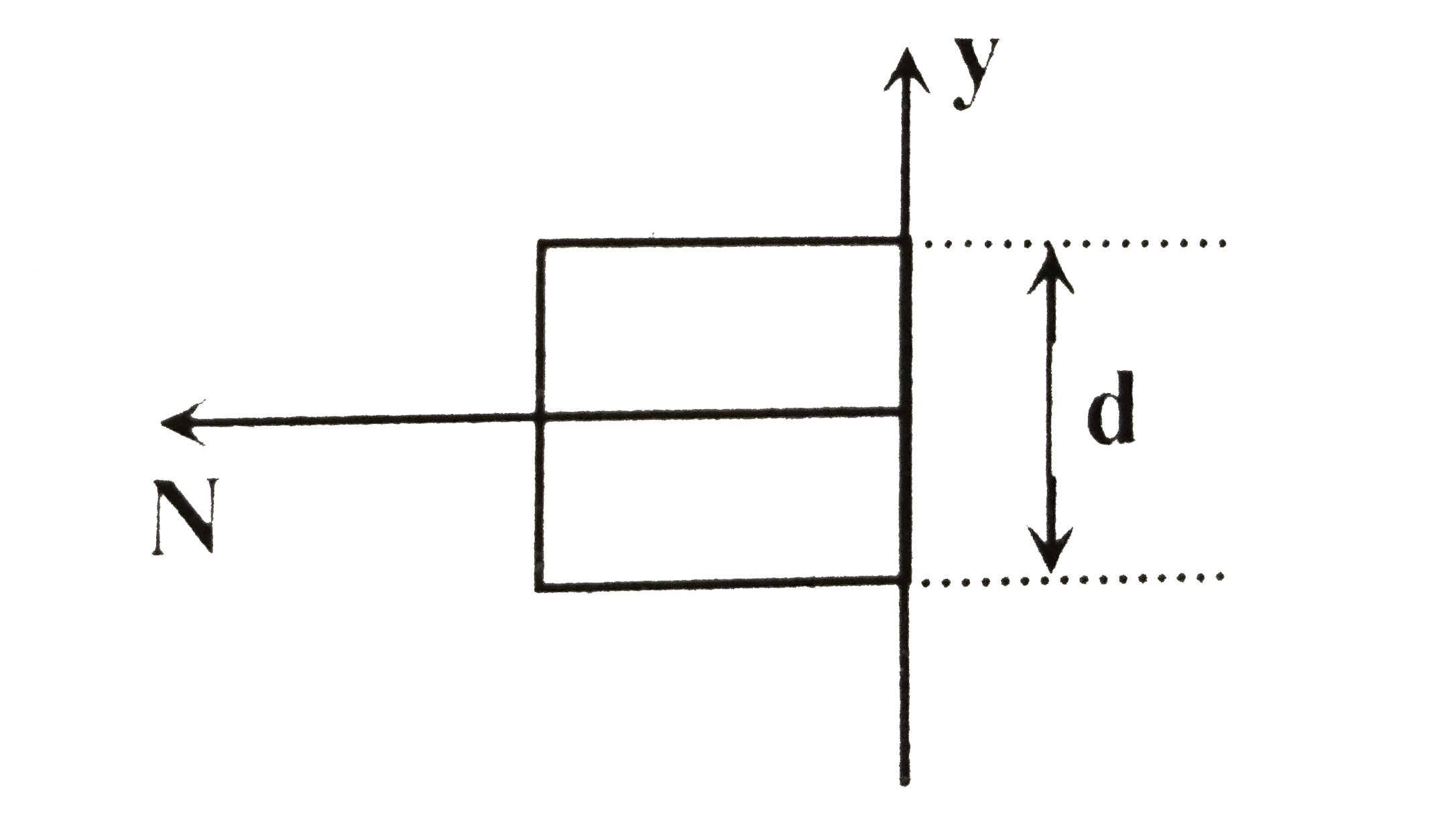In an experiment, electrons are made to pass through a narrow slit of width d comparable to their de Broglie wavelength. They are detected on a screen at a distance D from the slit (see figure).<br>

Which of the following graphs can be expected to represent the number of electrons N detected as a function of the detector position y (y=0 corresponds to the middle of the slit ).




The correct Answer is:D
Step by step video & image solution for In an experiment, electrons are made to pass through a narrow slit of width d comparable to their de Broglie wavelength. They are detected on a screen at a distance D from the slit (see figure). Which of the following graphs can be expected to represent the number of electrons N detected as a function of the detector position y (y=0 corresponds to the middle of the slit ). by Physics experts to help you in doubts & scoring excellent marks in Class 12 exams.
Updated on:21/07/2023Topper's Solved these Questions
Similar Questions
Which of the following may be representing graph between number of scattered particles detected (N) and scattering angle(θ) in Rutherford's experiment?
View SolutionIn experiment of Davisson-Germer, emitted electron from filament is accelerated through voltage V then de-Broglie wavelength of that electron will be _______m.
View Solution
Knowledge Check
In a double slit experiment, the distance between the slits is d. The screen is at a distance D from the slits. If a bright fringe is formed opposite to one of the slits, its order is
AdλBλ2dDCD22λDDd22DλIn a Young's double slit experiment, (slit distance d) monochromatic light of wavelength λ is used and the fringe pattern observed at a distance D from the slits. The angular position of the bright fringes are
Asin−1(Nλd)Bsin−1⎛⎜ ⎜⎝(N+12)λd⎞⎟ ⎟⎠Csin−1(NλD)Dsin−1⎛⎜ ⎜⎝(N+12)λD⎞⎟ ⎟⎠
Light of wavelength 5000 Å is incident on a slit of width 0.1 mm. Find out the width of the central bright line on a screen distance 2m from the slit?
View SolutionIn double slit experiment , the distance between two slits is 0.6mm and these are illuminated with light of wavelength 4800Å. The angular width of dark fringe on the screen at a distance 120 cm from slits will be
View SolutionA parallel beam of fast moving electrons is incident normally on a narrow slit. A fluorescent screen is placed at a large distance from the slit. If the speed of the electrons is increased, which of the following statements is correct?
View SolutionA parallel beam of fast moving electrons is incident normally on a narrow slit. A flueroscent screen is placed at a large distance from the slit. If the speed of the electron is increased, which of the following statements is correct ?
View SolutionIn a double-slit experiment, the slits are separated by a distance d and the screen is at a distance D from the slits. If a maximum is formed just opposite to each slit, then what is the order or the fringe so formed?
View SolutionIn a single slit diffraction of light of wavelength λ by a slit of width e, the size of the central maximum on a screen at a distance b is
View Solution
